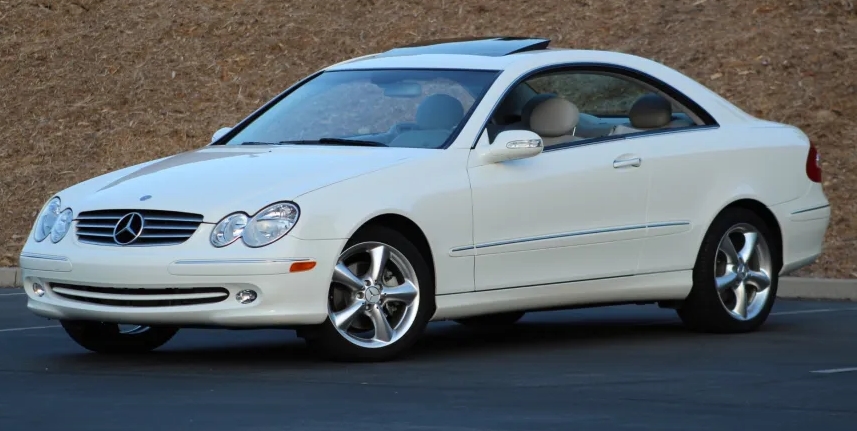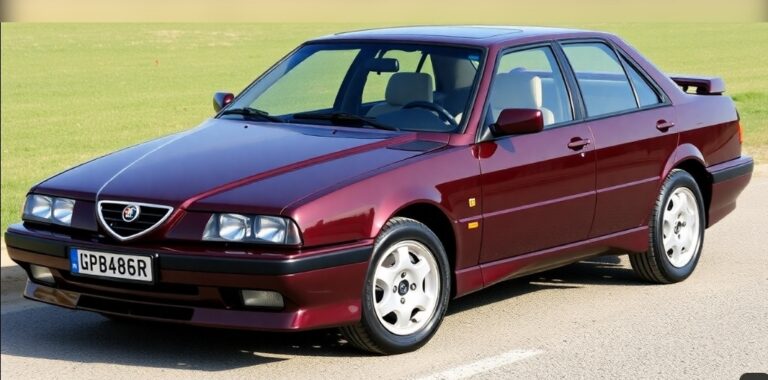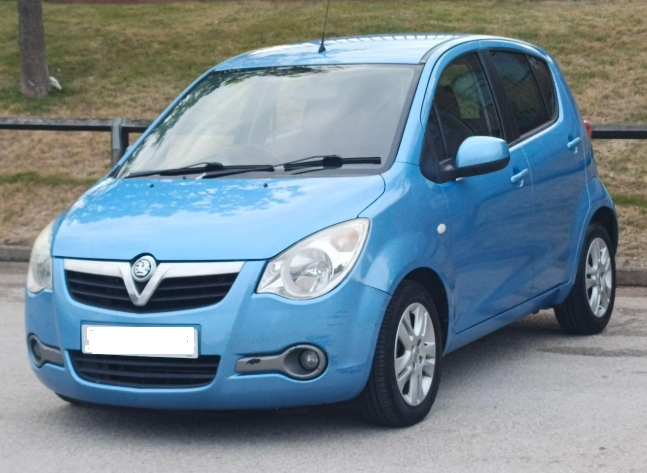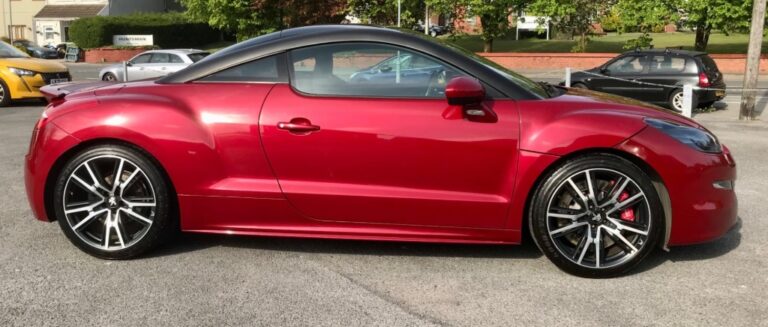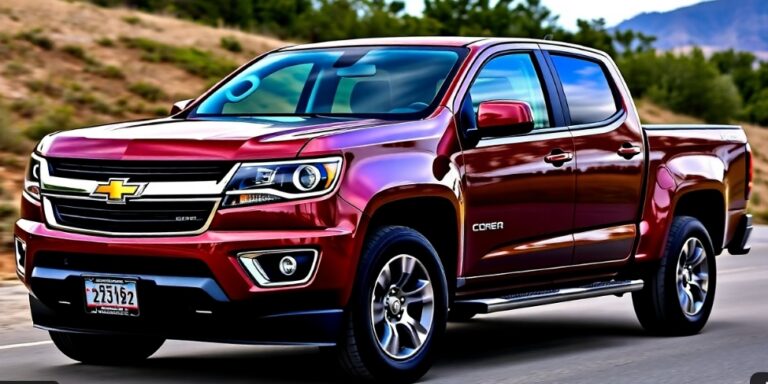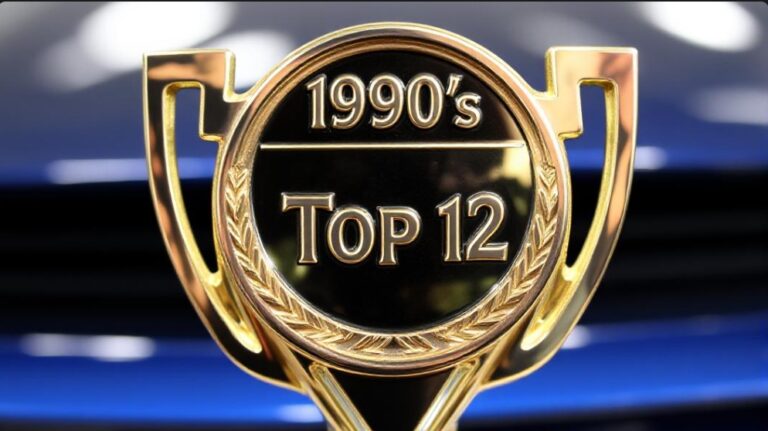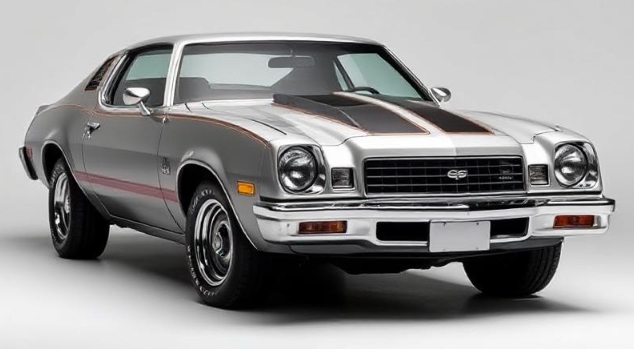From Sporty Elegance to Dynamic Grand Tourer: A Journey Through the Evolution of the Mercedes-Benz CLK
The Mercedes-Benz CLK, a name that resonates with a blend of sporty prowess and everyday usability, carved a unique niche for itself in the automotive landscape. It wasn’t a purebred sports car, nor was it a staid family sedan. Instead, the CLK occupied a fascinating middle ground, offering the allure of a coupe or convertible with the practicalities and refined engineering that defined the Mercedes-Benz marque. Over its lifespan, spanning two distinct generations, the CLK evolved significantly, adapting to changing market demands, technological advancements, and the ever-present desire for stylish, engaging driving experiences. This article delves into the fascinating evolution of the Mercedes-Benz CLK, tracing its lineage from its inception to its eventual successor.
The First Generation: A Bold Statement in the Mid-Size Premium Market (1997-2002)
The CLK made its debut in 1997 as a successor to the E-Class Coupe (C124) and Cabriolet, aiming to inject a fresh, more youthful, and sportier identity into Mercedes-Benz’s coupe offerings. It was officially designated as the C208 for the coupe and A208 for the convertible, both built upon the platform of the W202 C-Class, albeit with a significantly re-engineered chassis and exterior styling. This strategic move allowed Mercedes-Benz to offer a more affordable, yet still luxurious, two-door option compared to the larger, more expensive S-Class based coupes.
Models and Trim Levels (C208/A208):
The initial CLK lineup focused on offering a range of engine options to cater to different performance and budget requirements. Two primary engine sizes formed the backbone of the first generation:
- CLK 200 (1997-2000): This entry-level model featured a 2.0-liter inline-four cylinder engine. Initially, it was offered with a supercharger (Kompressor) in many markets, producing around 192 horsepower. Later versions in some regions utilized a naturally aspirated version.
- Trim Levels: Standard equipment typically included air conditioning, power windows and mirrors, an electric sunroof (on coupes), and ABS. Optional extras often encompassed leather upholstery, heated seats, and a premium sound system.
- CLK 230 Kompressor (1997-2002): This was a more popular and potent variant, employing a 2.3-liter supercharged inline-four engine that delivered approximately 193 horsepower initially. This engine offered a good balance of performance and efficiency.
- Trim Levels: Similar to the CLK 200, with an emphasis on comfort and convenience features as standard or optional.
- CLK 320 (1997-2002): For those seeking smoother power delivery and a more luxurious feel, the CLK 320 offered a 3.2-liter V6 engine churning out around 215 horsepower. This engine provided effortless acceleration and a refined driving experience.
- Trim Levels: Often came with a slightly higher level of standard equipment, including more premium interior finishes and potentially larger alloy wheels.
- CLK 430 (1998-2002): A significant step up in performance, the CLK 430 was powered by a potent 4.3-liter V8 engine producing approximately 275 horsepower. This model was aimed at enthusiasts who desired more exhilarating acceleration and a bolder engine note.
- Trim Levels: Typically featured more performance-oriented options as standard, such as larger brakes and sportier suspension tuning.
- CLK 55 AMG (1999-2002): The pinnacle of the first-generation CLK was the CLK 55 AMG. This hand-built performance model from Mercedes-AMG unleashed a 5.4-liter naturally aspirated V8 engine delivering a formidable 342 horsepower. It showcased AMG’s expertise in transforming a comfortable coupe into a formidable performance machine, featuring enhanced suspension, brakes, and a distinctive body kit.
- Trim Levels: Loaded with performance features and often included a higher level of luxury appointments.
Design and Evolution:
The C208/A208 CLK was instantly recognizable for its distinctive styling. It adopted the then-new “four-eyed” headlight design that would become a hallmark of Mercedes-Benz sedans of the era, a departure from the more angular lines of its predecessor. The flowing roofline of the coupe and the elegantly proportioned convertible with its retractable fabric roof contributed to a sophisticated and athletic aesthetic. Inside, the cabin mirrored the typical Mercedes-Benz standard of quality, with premium materials, ergonomic design, and a focus on driver comfort. While it shared its platform with the C-Class, the CLK boasted a longer wheelbase and a wider track, contributing to its more dynamic stance and improved handling characteristics.
In 2000, the CLK received a mid-cycle facelift, bringing subtle but noticeable improvements. This included updated front and rear bumper designs, revised alloy wheel options, and minor interior trim enhancements. The engines also saw some refinements, with a slight power increase for some variants.
.
THIS could come in handy for your auto garage (and everywhere else!):

.
The Second Generation: A More Muscular and Technologically Advanced Grand Tourer (2002-2009)
In 2002, Mercedes-Benz introduced the second generation of the CLK, designated as the C209 for the coupe and A209 for the convertible. This new iteration represented a significant evolution, moving away from its C-Class underpinnings to a platform shared with the E-Class (W211). This shift allowed for a larger car with a more substantial road presence, enhanced comfort, and advanced technological features. The CLK firmly cemented its position as a premium grand tourer, blending performance, luxury, and sophisticated styling.
Models and Trim Levels (C209/A209):
The second generation saw a more diverse range of engine options, including a wider array of V6 and V8 choices, and the continued presence of the formidable AMG variants.
- CLK 200 Kompressor (2004-2009): This model continued to be the entry-level offering for many markets, featuring a 1.8-liter supercharged inline-four engine producing around 163 horsepower. While less powerful than its predecessor, it offered improved fuel efficiency.
- Trim Levels: Standard equipment included a comprehensive suite of safety features like ESP, airbags, and ABS, along with climate control and an infotainment system. Options included leather, navigation, and panoramic sunroofs.
- CLK 220 CDI (Diesel) (2005-2009): For the first time in the CLK lineage, a diesel engine option was introduced, catering to European markets with excellent fuel economy. This 2.1-liter turbocharged diesel produced around 150 horsepower.
- Trim Levels: Focused on efficiency and range, but still equipped with the core luxury and safety features.
- CLK 270 CDI (Diesel) (2002-2005): An earlier diesel offering, this model utilized a 2.7-liter turbocharged inline-five cylinder engine delivering approximately 170 horsepower.
- Trim Levels: Similar to the CLK 220 CDI.
- CLK 320 CDI (Diesel) (2005-2009): A more powerful diesel option, the CLK 320 CDI featured a 3.0-liter turbocharged V6 diesel engine producing around 224 horsepower, offering a compelling blend of performance and fuel efficiency.
- Trim Levels: Often equipped with a higher level of standard features due to its more premium positioning.
- CLK 280 (2005-2009): This model replaced the CLK 320 and was powered by a 3.0-liter V6 engine delivering around 228 horsepower, offering a smooth and refined driving experience.
- Trim Levels: Focused on comfort and luxury.
- CLK 350 (2005-2009): A more potent V6 option, the CLK 350 featured a 3.5-liter V6 engine producing approximately 268 horsepower. This provided a healthy increase in performance over the CLK 280.
- Trim Levels: Generally offered a sportier feel with optional AMG styling packages becoming popular.
- CLK 500 (2002-2006): The V8 engine returned in the form of the CLK 500, powered by a 5.0-liter V8 engine delivering around 296 horsepower. This offered substantial power and a luxuriant engine note.
- Trim Levels: Positioned as a high-performance luxury coupe/convertible, often featuring more premium standard equipment.
- CLK 55 AMG (2002-2006): The first AMG variant of the second generation retained the 5.4-liter naturally aspirated V8 engine from the previous generation, but with a slight increase in power to approximately 362 horsepower. This model continued to be a performance benchmark for the CLK line.
- Trim Levels: Fully loaded with AMG enhancements, including aggressive styling, sport suspension, and upgraded brakes.
- CLK 63 AMG (2006-2009): A significant upgrade and the ultimate expression of the CLK’s performance potential, the CLK 63 AMG replaced the CLK 55 AMG. It was powered by AMG’s monstrous 6.2-liter naturally aspirated V8 engine, producing a staggering 475 horsepower. This made the CLK 63 AMG a true supercar slayer.
- Trim Levels: Featured the most aggressive styling, advanced suspension, and braking systems developed by AMG. A special “Black Series” variant offered even more extreme performance.
Design and Evolution:
The C209/A209 CLK presented a more aggressive and sculpted design compared to its predecessor. The “four-eyed” headlights remained, but were more integrated and swept back. The bodywork became more muscular, with prominent fender flares and a lower, wider stance. The coupe adopted a pillarless design, enhancing its sleek profile, while the convertible featured a well-insulated retractable fabric roof that could be operated at speed.
Inside, the cabin was a masterclass in Mercedes-Benz luxury and technology. High-quality materials, exquisite craftsmanship, and a driver-focused cockpit were standard. The E-Class platform brought with it advanced features like COMAND infotainment systems, adaptive cruise control (Distronic), and more sophisticated interior trim options.
In 2005, the CLK received a significant mid-cycle refresh. This brought updated front and rear styling, including a redesigned grille and bumpers, as well as new alloy wheel designs. The interior received subtle upgrades to materials and finishes. Crucially, the engine lineup was revised, with the introduction of the CLK 280, CLK 350, and CLK 320 CDI, while the CLK 500 was replaced by the newer, more powerful CLK 550 (in some markets) powered by a 5.5-liter V8 producing 382 horsepower. The CLK 63 AMG was also introduced around this time, marking a new era of AMG performance for the CLK.
Legacy and Successor
The Mercedes-Benz CLK ceased production in 2009, making way for the E-Class Coupe and Convertible (C207/A207). While not carrying the CLK badge, these models effectively inherited its position in the Mercedes-Benz lineup, offering a similar blend of sporty elegance, luxury grand touring, and convertible freedom, but now under the E-Class umbrella.
The CLK, in both its generations, left an indelible mark on the automotive world. It proved that a premium coupe or convertible didn’t have to be an impractical indulgence. It offered a compelling package for those who desired style, performance, and the refined engineering that only Mercedes-Benz could deliver. From the more compact and agile C208 to the larger, more muscular C209, the CLK continuously evolved, adapting to the changing desires of its clientele and solidifying its reputation as a desirable and capable machine that elegantly bridged the gap between sportiness and everyday usability. Its legacy lives on in the current Mercedes-Benz coupe and convertible offerings, a testament to its successful formula.
